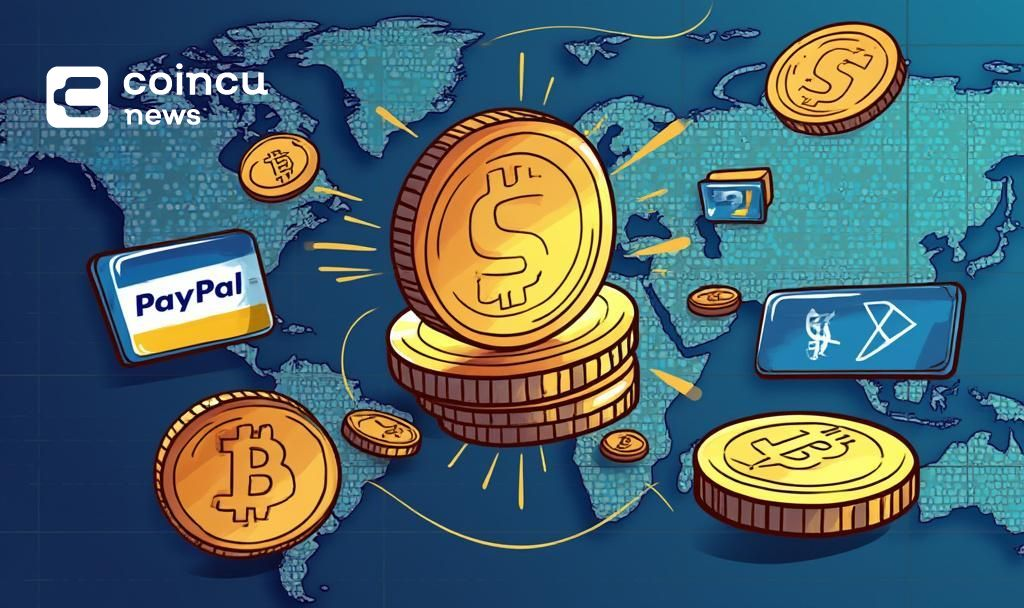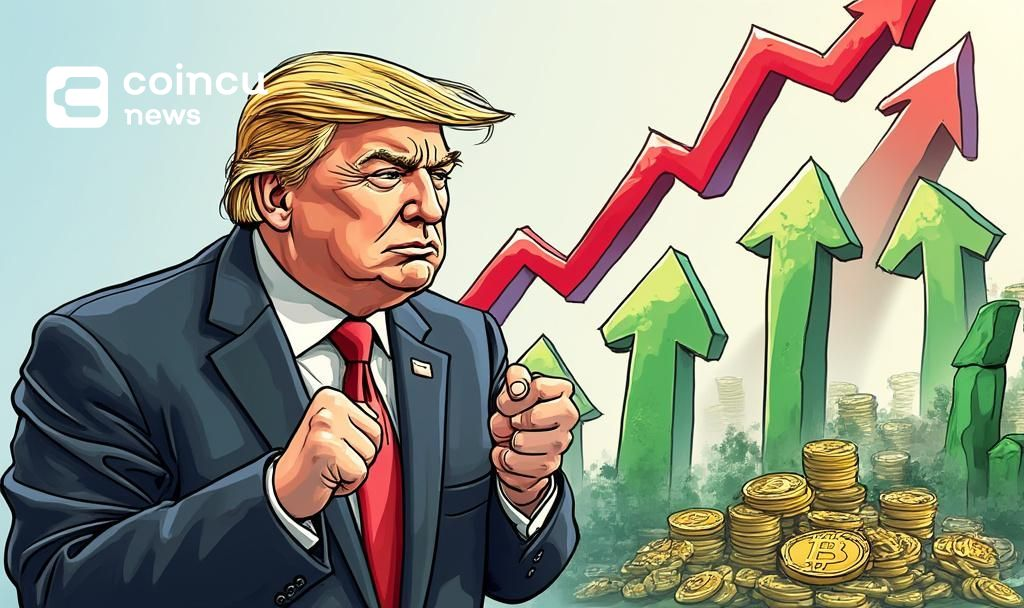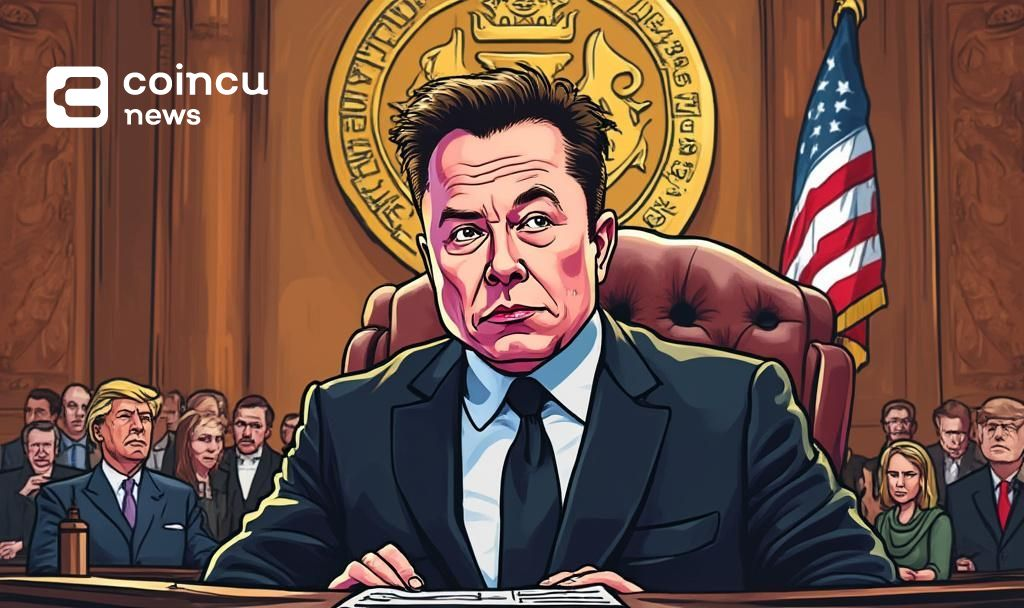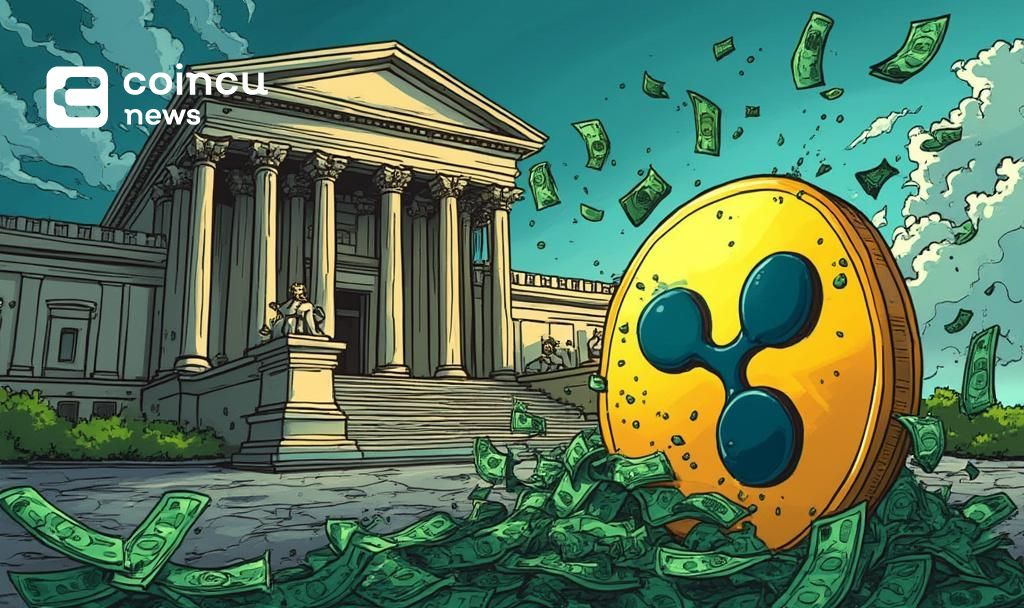$107502.906
At CoinCu News, we give both basic and in-depth articles on the latest news in the cryptocurrency and blockchain sectors.
Mayowa is a seasoned freelance writer specializing in creating compelling, high-converting content across diverse industries.
With extensive experience working with major news outlets, personal blogs, and private clients, he brings a deep understanding of audience engagement and storytelling. His expertise spans SEO optimization, persuasive copywriting, and niche versatility, ensuring content that resonates and delivers results.
Armed with a strong command of the English language and a keen eye for detail, he crafts content that is both impactful and strategically tailored to meet client goals.
News
Robinhood to Announce European Blockchain Trading Expansion
Robinhood set to reveal European crypto trading plans leveraging blockchain technology on June 30.
Jun
Yuxin Technology Targets Stablecoin Market with Strategic Moves
Yuxin Technology aligns with global strategies, engaging in stablecoin sector initiatives and RWA tokenization efforts
Jun
Stablecoin Adoption Surpasses Traditional Card Networks Globally
Alchemy reports stablecoin adoption now exceeds traditional card networks, impacting global payments and DeFi ecosystems.
Jun
Trump Approval Dropped Amid Political Unrest, Markets Unmoved
Trump's approval hits historic lows amid political tension; crypto markets show limited reaction.
Jun
Elon Musk Criticizes Senate’s Passage of Trump’s Bill
Elon Musk criticizes Senate bill championed by Trump, citing job loss and strategic damage concerns.
Jun
BIS Affirms Fed’s Independence Amid Trump’s Remarks on Interest Rates
BIS confirms U.S. Federal Reserve's independence despite Trump's interest rate criticisms, highlighting no major dollar
Jun
Hong Kong Issues Stablecoin Regulation Effective August 2025
Hong Kong introduces a Stablecoin Ordinance to enhance cross-border payments starting August 2025.
Jun
Ripple Withdraws Cross-Appeal, Ends Legal Battle with SEC
Ripple cancels its cross-appeal against SEC, agreeing to a $125 million penalty, closing its long-standing
Jun
Coinbase Wrapped BTC Supply Surges, Reaches Key Market Share
Coinbase's Wrapped BTC sees substantial growth, capturing 25.1% market share.
Jun
[tptn_list how_old="7" limit="5" title_length="0" heading="0" show_date="0" ]
[tptn_list how_old="30" limit="5" title_length="0" heading="0" show_date="0" ]






















